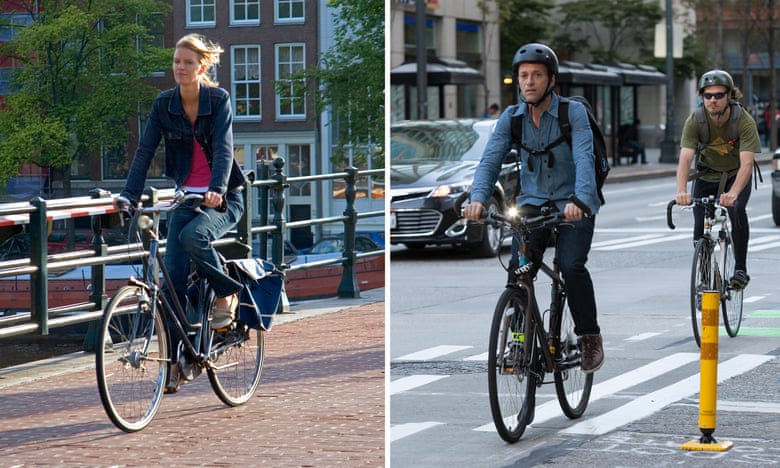Protected bike lanes require - like car lanes- space on the street, and removing curbside auto parking is one of several ways to find it. But whenever cities propose car-parking removal, retailers understandably worry. A growing body of evidence suggests that if bike lanes and parking removal are part of a general plan to slow traffic, everybody can win. In an in-house study of its new protected bike lane, Salt Lake City found that when parking removal was done as part of a wide-ranging investment in the streetscape — including street planters, better crosswalks, public art and colored pavement — it converted parking spaces to high-quality bike lanes and boosted business at the same time. On 300 South, a street that's also known as Broadway, SLC converted six blocks of diagonal parking to parallel parking and also shifted parallel parking away from the curb on three blocks to create nine blocks of curb-and-parking-protected bike lanes on its historic downtown business corridor. So what happened? Along the project, sales rose 8.8 percent, compared to 7 percent citywide.


